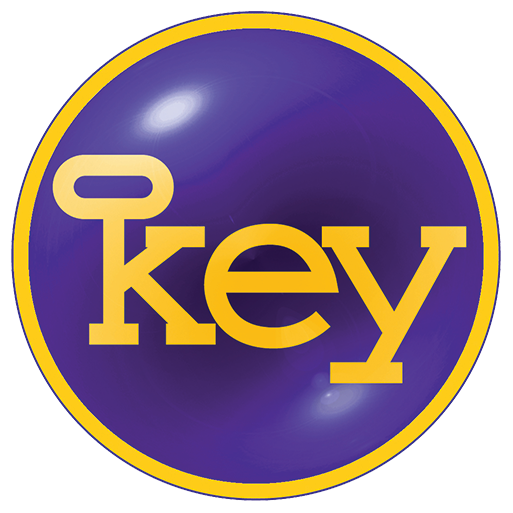Cutting costs sounds like it makes sense doesn’t it? Well that depends. Certainly there is always a cost to doing business and it always seems to be going up. However, cuts come with consequences.
Let’s just think about this for a moment. The 2F diagram below shows Cost as an outcome from the whole organisational system. ‘System’ is used here to stress that every part of your organisation affects every other part to a greater or lesser extent. It’s all what is called joined-up.
So, just cutting costs in one place in the organisation is certain to have an affect somewhere else. Not to make a political point but to pick up on something topical, let’s consider the previous UK Chancellor making cuts to the criminal justice system. The knock-on effect through the system has meant that 7000 prison officers lost their jobs. Violence within prisons has since increased. Oops! Due to reassessment of the situation in prisons, the new administration has increased the number of prison officers by 2500 by 2018. Given the current problems in prisons, is that too little too late? A further question is what might be the consequences on reoffending rates and the further costs or stresses put on such as the police and society in general? Just one example of ‘Cuts increase costs’, as improvement expert John Seddon says.
Returning to the cost of doing business, a more effective strategy, as we saw in the last blog, is to tackle the massive opportunity to reduce waste. Where to start? Experts in operational excellence suggest starting with the customer. Then you work back to improve the value-adding flow through the systems and processes of the whole organisation.
It is absolutely critical to start from the customers and concentrate on improving the flow of value to them. One of the biggest missed opportunities made in applying Business Process Improvement, Lean and 5S methodologies is thinking too mechanically just about waste. A particular problem is with the second ‘S’ of 5S, which is Straighten. Too often this is misinterpreted as straightening tools on shadow boards or pens and pencils in in desk drawers! Not so! It is about straightening the flow of value, for example, removing obstacles and aligning equipment or teams to speed up the flow. The consequence of will be both better flow and lower costs! The point of the improvement tools is help you think, not do improvement for you.
And talking of obstacles, a question for managers at every level. Do you have a pet policy? Have you checked whether it is acting as a barrier to the value flow? Is feedback from the whole workplace encouraged, accpeted and acted upon to improve the value flow and reduce costs as a consequence? No? Are you sure? How do you know?
What will you do, continue to cut costs or improve the value flow? Ahh, go on!
More on the 2F diagram in my next blog, drawing from my book Picture Your Business, which is still available. I shall be dealing with Morale and Motivation. The latest version of the companion 2F Worksheet is now available free in MS Word or PDF on request from me either via a Linkedin message or by emailing alanclark@keybiz.com.


